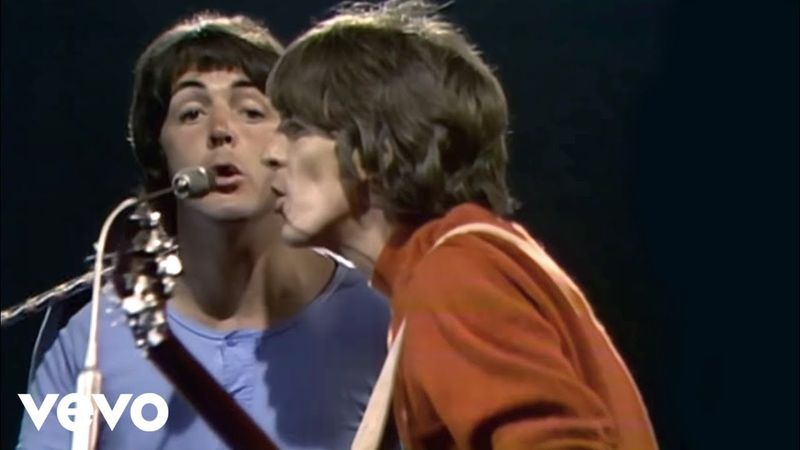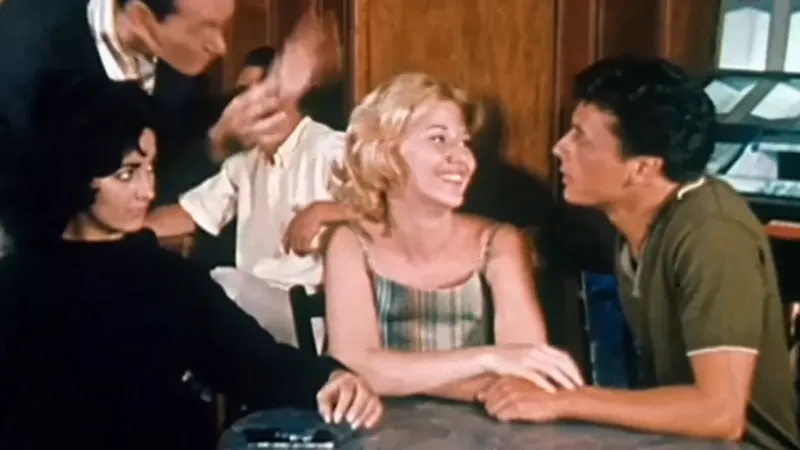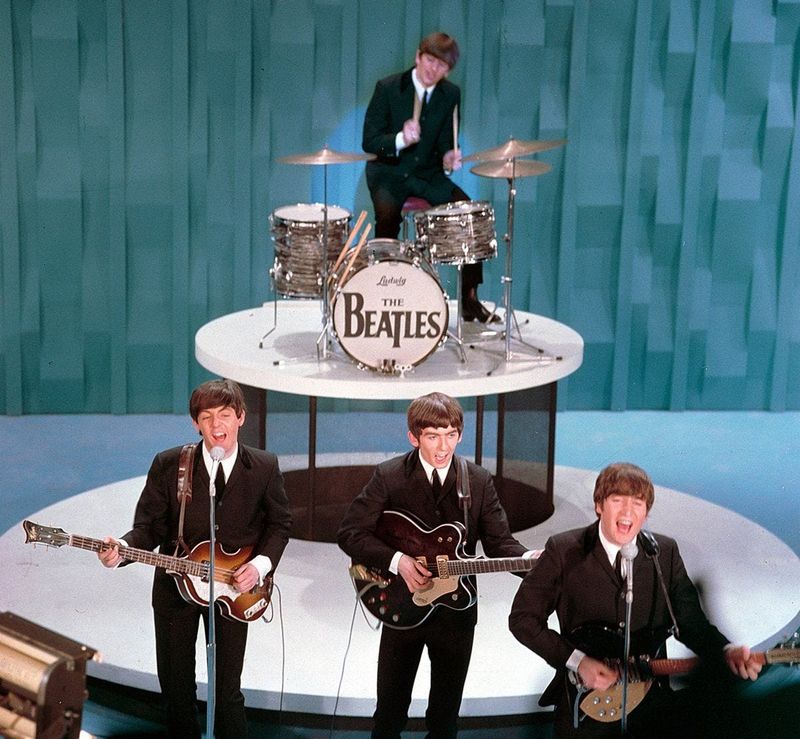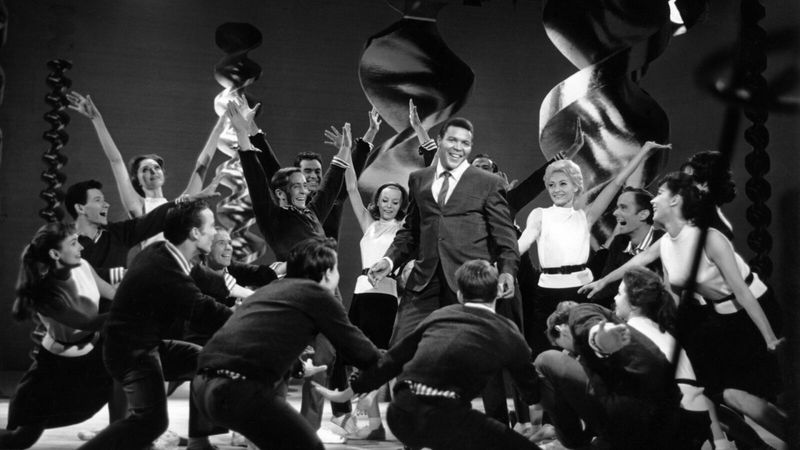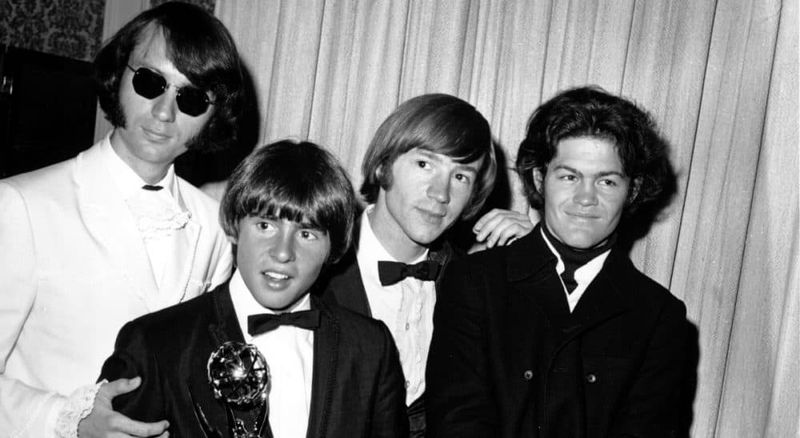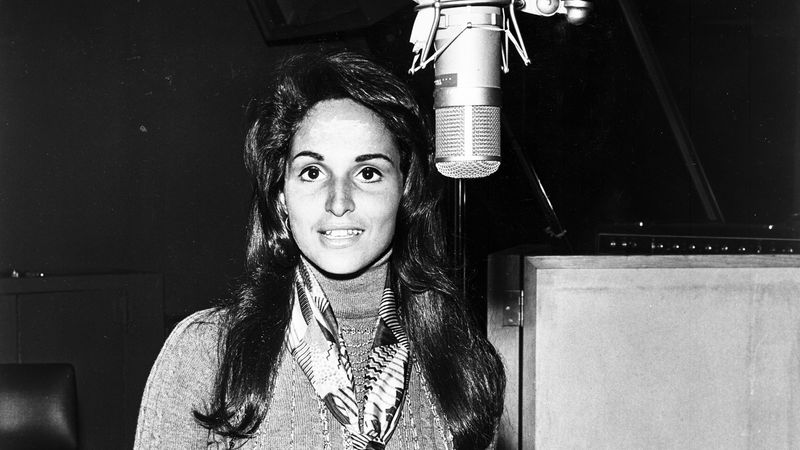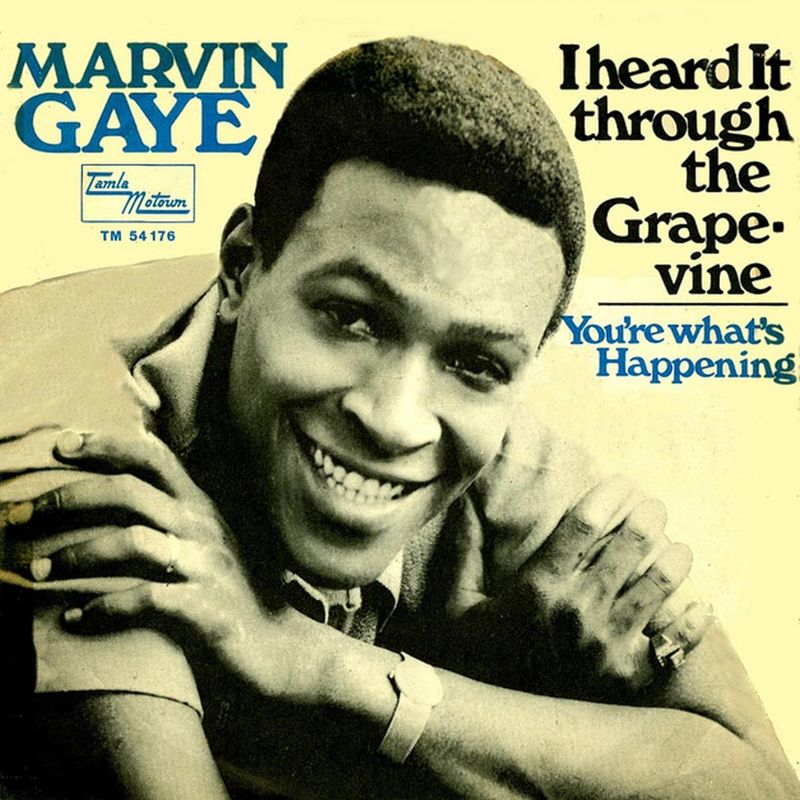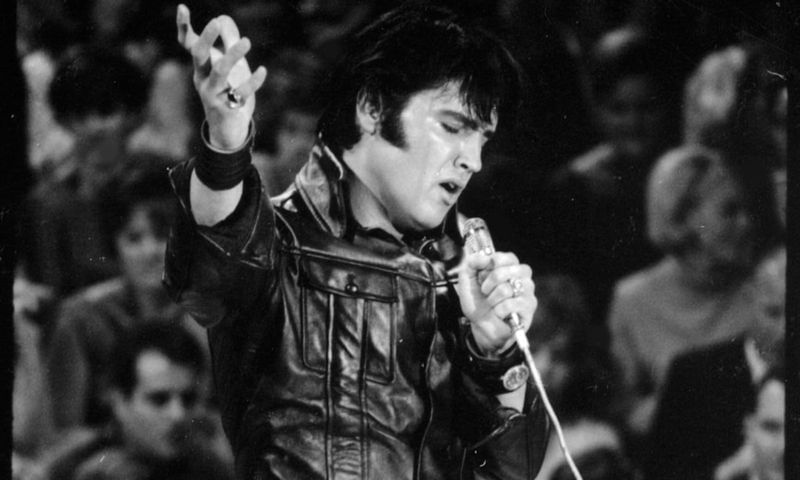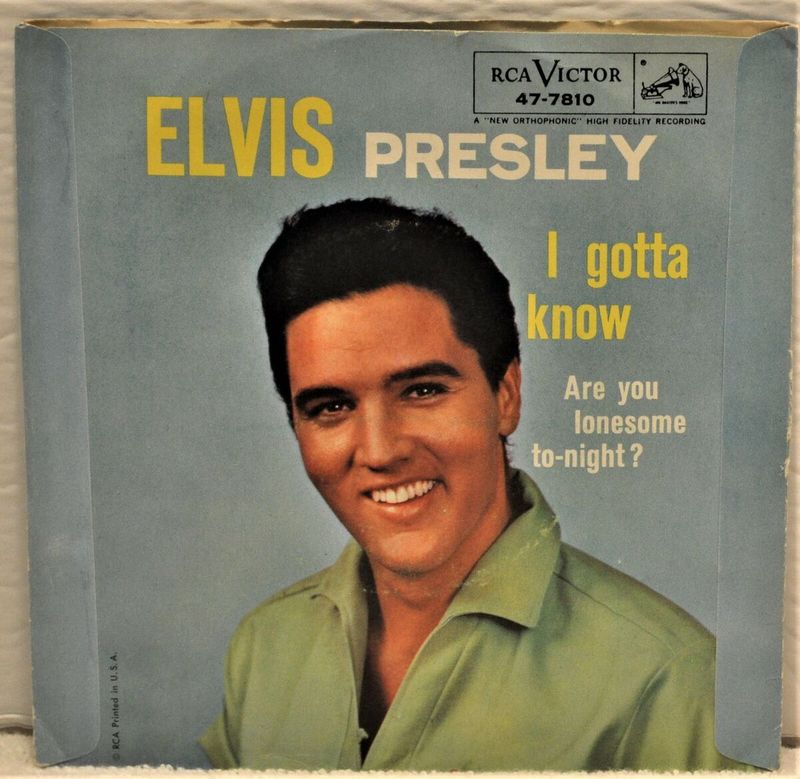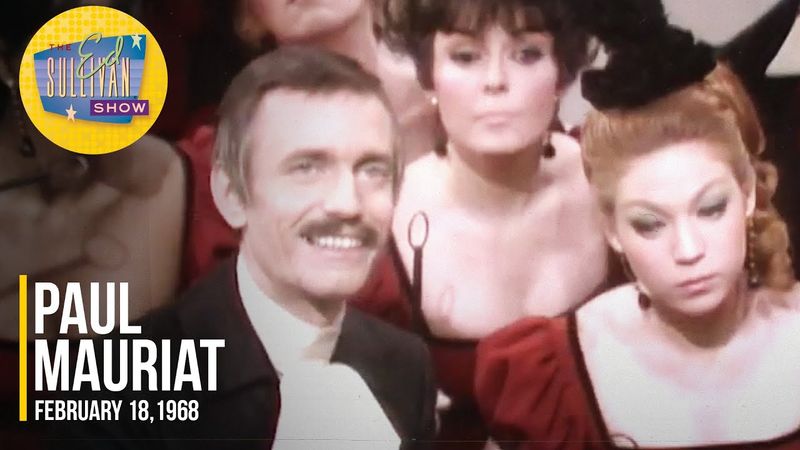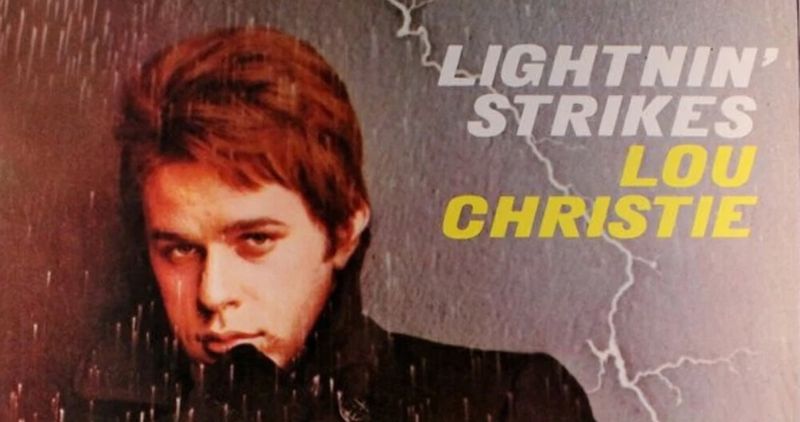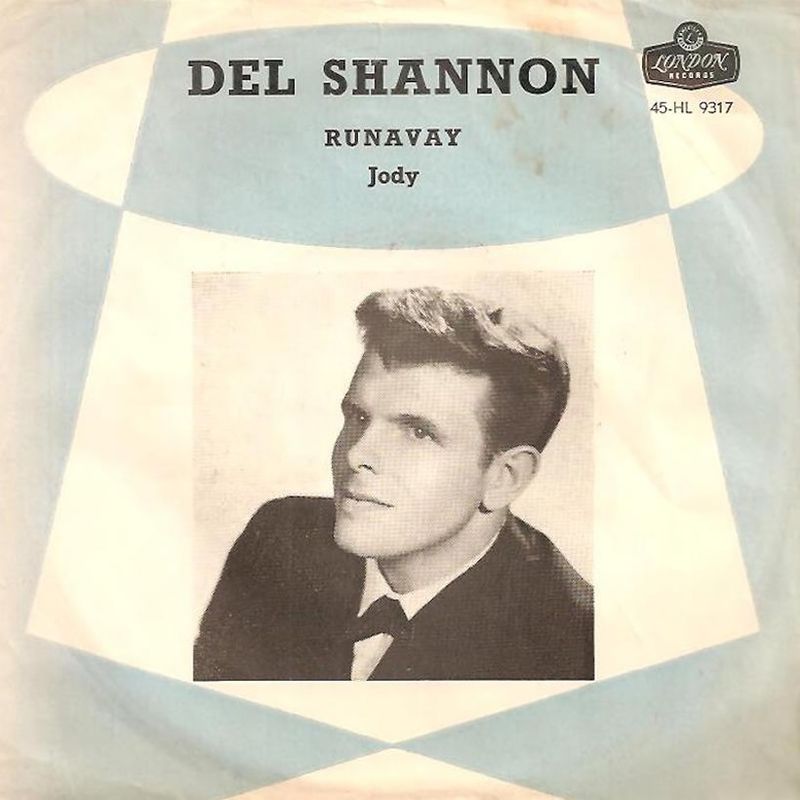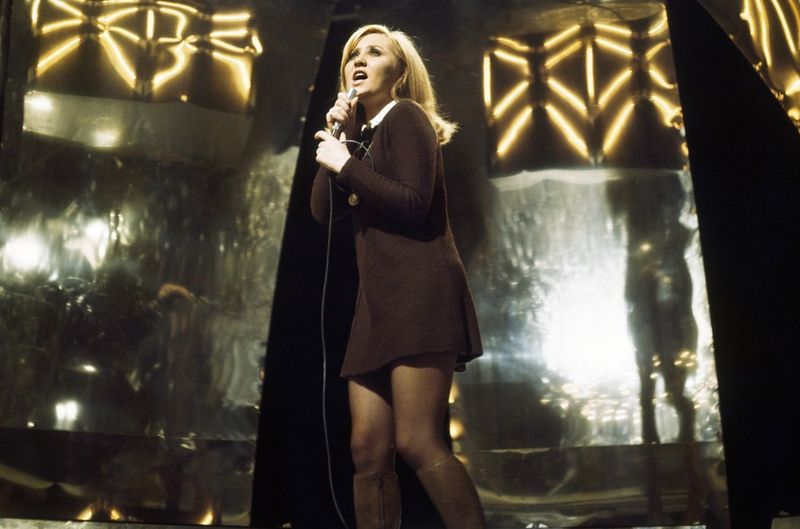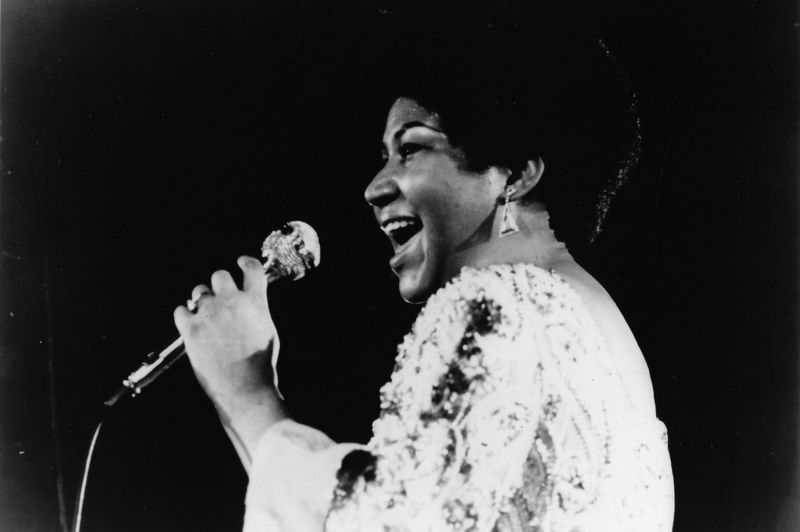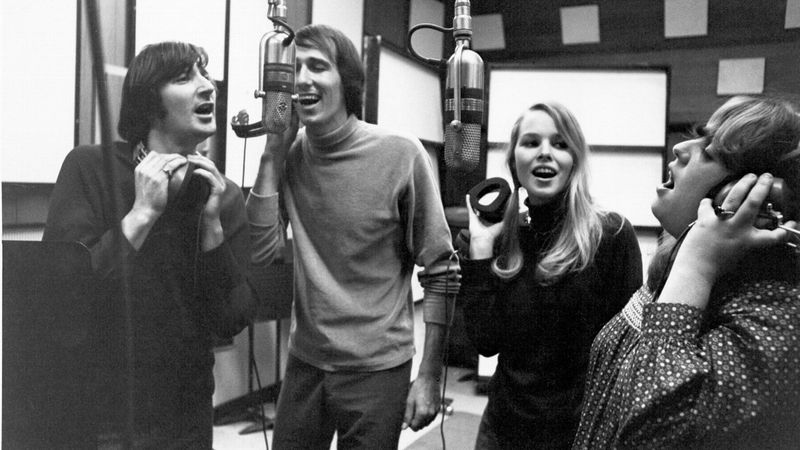The 1960s brought us an explosion of musical creativity that forever changed popular culture. From British Invasion bands to Motown soul, surf rock to psychedelic experimentation, the decade produced countless timeless classics. These chart-topping hits didn’t just dominate the airwaves – they captured the spirit of a rapidly changing world and continue to influence musicians today.
1. Hey Jude – The Beatles (1968)
Originally written by Paul McCartney as a comforting message for Julian Lennon during his parents’ divorce, “Hey Jude” evolved into something much grander. The song’s massive seven-minute length defied radio conventions, yet dominated airwaves for nine consecutive weeks at #1.
Its gradual build from tender piano ballad to triumphant sing-along showcases The Beatles’ masterful songcraft. The final four-minute “na-na-na” outro created one of music’s most memorable communal moments, becoming a staple of McCartney’s live performances ever since.
The track marked a transitional period for the band, released just as tensions were rising between members but before their eventual breakup.
2. Theme from ‘A Summer Place’ – Percy Faith (1960)
Sometimes the most unlikely songs become massive hits. This lush instrumental piece from Percy Faith’s orchestra captured America’s heart with its sweeping strings and romantic melody, spending an astonishing nine weeks atop the charts.
The composition originated in the 1959 film starring Sandra Dee and Troy Donahue, but Faith’s arrangement transformed it into something timeless. Its success proved that instrumental music could compete with vocal hits in the rock era.
The song evokes images of crashing waves and seaside romance, creating a nostalgic atmosphere that transported listeners to their own imagined summer place. It remains one of the most successful instrumental singles ever recorded.
3. I Want to Hold Your Hand – The Beatles (1964)
The opening salvo of the British Invasion arrived with this exuberant track that introduced America to four mop-topped lads from Liverpool. Written specifically to crack the American market, the song succeeded beyond the band’s wildest dreams, selling over 5 million copies in the US alone.
Those famous opening guitar chords signaled a musical revolution. The harmonies between John Lennon and Paul McCartney created an irresistible tension that built to the song’s emotional climax.
When The Beatles performed this track on The Ed Sullivan Show in February 1964, an estimated 73 million Americans watched, cementing both the song’s place in history and launching “Beatlemania” across the country.
4. The Twist – Chubby Checker (1960)
Chubby Checker sparked a nationwide dance craze with this energetic rock and roll anthem. What makes “The Twist” truly remarkable is its unprecedented chart performance – it’s the only song in Billboard history to hit #1 twice in separate chart runs (1960 and 1962).
The track’s simple yet infectious rhythm invited everyone to get on their feet and move. Parents and teenagers alike couldn’t resist its appeal, making it a rare cross-generational hit during a time of widening cultural divides.
The accompanying dance move transformed social dancing forever, replacing partner dancing with individual expression where dancers twisted their hips like “putting out a cigarette with both feet.”
5. I’m a Believer – The Monkees (1966)
Before becoming a Shrek soundtrack favorite, this Neil Diamond-penned tune propelled The Monkees to pop superstardom. The opening organ riff grabs listeners instantly, while Micky Dolenz’s exuberant vocals perfectly capture the joy of newfound love.
Despite criticism as a “manufactured” band created for television, The Monkees proved their musical legitimacy with this infectious track. The song spent seven weeks at #1 and became 1967’s top-selling single, moving over 7 million copies worldwide.
The Monkees eventually fought for creative control over their music, but this early hit demonstrates how effective their initial formula was. The perfect blend of catchy melody, professional production, and youthful energy created an enduring pop classic.
6. Sugar, Sugar – The Archies (1969)
A cartoon band scoring the biggest hit of the year sounds implausible, but that’s exactly what happened with this bubblegum pop masterpiece. The Archies weren’t real people but fictional characters from comics and Saturday morning cartoons, with session musicians providing the actual music.
Producer Don Kirshner, after being ousted from The Monkees’ production team, created this project where the “band” couldn’t argue with his decisions. The strategy worked brilliantly – the song’s irresistible hooks and sugary-sweet lyrics captured the lighter side of 1969’s musical landscape.
While psychedelic rock and protest songs dominated much of the era, “Sugar, Sugar” reminded everyone that sometimes a perfect pop confection is exactly what listeners crave.
7. I Heard It Through the Grapevine – Marvin Gaye (1968)
Soul music reached a new pinnacle with Marvin Gaye’s haunting interpretation of this Motown classic. Though Gladys Knight & the Pips had already scored a hit with the song, Gaye’s version – originally shelved by Berry Gordy – eventually became the definitive recording.
The track’s brooding intensity perfectly captures the paranoia of discovering infidelity through rumors. Gaye’s restrained yet emotional vocal performance contrasts masterfully with the driving instrumentation, creating an unforgettable tension throughout.
The song’s success represented a turning point for Gaye, who would increasingly assert artistic control over his work in the following decade. Its seven-week reign atop the charts confirmed Motown’s dominance while showcasing the label’s ability to blend pop appeal with genuine emotional depth.
8. It’s Now or Never – Elvis Presley (1960)
Fresh from military service, Elvis reinvented himself with this sophisticated ballad inspired by the Italian classic “O Sole Mio.” The song marked a deliberate departure from his earlier rock and roll style, showcasing his remarkable vocal range and artistic ambition.
Recording during the first Nashville session after his Army discharge, Elvis insisted on multiple takes until achieving the perfect performance. His perfectionism paid off – the song sold 20 million copies worldwide, becoming one of the best-selling singles of all time.
The operatic quality of Elvis’s delivery silenced critics who dismissed him as merely a rock and roll shouter. This more mature sound would define much of his 1960s output, proving his versatility as an interpreter of diverse musical styles.
9. Are You Lonesome Tonight? – Elvis Presley (1960)
Elvis delivered one of his most vulnerable performances with this melancholy ballad that blended singing with spoken-word recitation. The intimate production, featuring minimal backing and prominent acoustic guitar, created the illusion of Elvis singing directly to each listener.
The song had existed since 1926, but Elvis’s interpretation – recorded with the studio lights dimmed to create the proper mood – made it entirely his own. Colonel Tom Parker specifically requested Elvis record it as a favorite of Parker’s wife, showing how personal connections sometimes shaped pop music history.
The track’s spoken bridge, borrowed from Shakespeare’s “As You Like It,” added theatrical gravitas unusual for pop music of the era. Elvis’s occasional live performance flubs of this section later became collector’s items among fans.
10. Love Is Blue – Paul Mauriat and His Orchestra (1968)
Instrumental hits rarely topped the charts in the rock era, making this orchestral piece’s five-week reign at #1 all the more remarkable. French conductor Paul Mauriat transformed André Popp’s composition into a lush soundscape that captivated American audiences despite having no lyrics or rock elements.
The song’s melodic structure builds beautifully, starting with a simple piano theme before adding layers of strings, brass, and rhythmic elements. This arrangement creates an emotional journey that listeners could interpret through their own experiences of love.
Originally performed as “L’amour est bleu” by Vicky Leandros in the 1967 Eurovision Song Contest, the song found its greatest success in Mauriat’s instrumental version. Its popularity demonstrated how diverse musical styles could thrive alongside psychedelic rock and soul during this eclectic decade.
11. Lightnin’ Strikes – Lou Christie (1966)
Lou Christie’s operatic falsetto elevates this dramatic tale of temptation and moral conflict to unforgettable heights. The song’s structure brilliantly mirrors its lyrical content – restrained verses depicting the narrator’s good intentions give way to explosive choruses representing his inability to resist romantic impulses.
Co-written by Christie and his longtime collaborator Twyla Herbert, the song features innovative production techniques including thunderclap sound effects and layered background vocals. These theatrical elements create a mini-drama within the song’s three-minute runtime.
Christie’s career had stalled before this comeback hit shot to #1 in February 1966. His distinctive vocal style – switching from baritone to falsetto – influenced countless artists and made this song instantly recognizable even decades later.
12. Runaway – Del Shannon (1961)
Del Shannon captured the essence of teenage heartbreak with this pioneering rock classic. The song’s most distinctive feature – the otherworldly keyboard solo by Max Crook on his modified Clavioline (dubbed the Musitron) – created one of rock’s first truly unique instrumental sounds.
Shannon’s powerful vocal performance conveys genuine emotional anguish, particularly in the falsetto sections where his voice seems to physically embody the pain of abandonment. This raw quality helped the song resonate with listeners experiencing similar romantic disappointments.
Recorded in a small studio in Michigan, far from the music industry centers, “Runaway” demonstrated how rock and roll had democratized pop music. Its four-week reign atop the charts in spring 1961 established Shannon as one of early rock’s most distinctive voices.
13. To Sir With Love – Lulu (1967)
Scottish singer Lulu delivered this heartfelt tribute from the film of the same name, creating a song that transcended its origins to become a standalone classic. The track’s gradually building arrangement perfectly complements lyrics about personal growth and gratitude toward a mentor who changes lives.
Originally intended just for the film soundtrack, radio DJs began playing it so frequently that it was released as a single. The song’s message resonated deeply during a time of generational conflict, offering a bridge of mutual respect between youth and authority figures.
Lulu’s soulful yet controlled vocal performance conveys both vulnerability and newfound confidence. The song spent five weeks at #1 and became Billboard’s top single of 1967, outperforming releases from The Beatles, The Doors, and other major acts.
14. Respect – Aretha Franklin (1967)
Aretha Franklin transformed Otis Redding’s original composition into an empowering anthem that transcended music to become a cultural touchstone. Her decisive rearrangement added the iconic “R-E-S-P-E-C-T” spelling and “sock it to me” call-and-response sections that define the song in popular memory.
The track’s powerful horn section and Franklin’s commanding vocals create an irresistible musical force. Her gospel background infuses every note with soulful authority, particularly in the improvised runs that showcase her unmatched vocal prowess.
Released during the Civil Rights Movement and rising feminist awareness, the song became an anthem for both African Americans and women seeking recognition and dignity. Franklin’s interpretation forever changed the song’s meaning from a man’s plea to a woman’s demand.
15. California Dreamin’ – The Mamas & the Papas (1966)
Few songs capture the feeling of seasonal longing like this folk-rock masterpiece. Written during a cold New York winter, John and Michelle Phillips created a wistful daydream of West Coast warmth that resonated with listeners nationwide.
The song’s distinctive sound comes from its unique instrumental blend – acoustic guitars, flute solo, and the group’s impeccable four-part harmonies. Denny Doherty’s lead vocal conveys genuine yearning, while the counterpoint of the other voices creates rich textural depth.
Though initially released in late 1965, the song climbed slowly up the charts, eventually reaching #4 in March 1966. Its enduring popularity makes it the quintessential California song – ironic since it’s entirely about being elsewhere, dreaming of California from afar.
